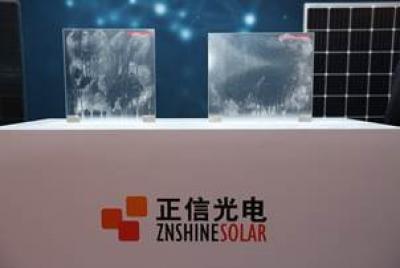ZNShine Solar is a maker of PV modules, PV power station and EPC, founded in 1988 in China. In May 2018, ZNShine Solar launched the G12 evolution era series - a 12-busbar graphene module, 5-busbar graphene module and double-glass graphene module. According to reports, the application of ZS's graphene film layer increases light transmission performance of the glass itself. In addition, Znshine Solar's modules are self-cleaning.

Now, reports suggest that ZNShine Solar has won the bid to provide 37.5MW of PV modules to Bharat Heavy Electricals Limited (BHEL), India's largest power generation equipment manufacturer. The deal makes ZNShine Solar the first overseas module supplier to win a contract with BHEL. According to the contract,10% of the shipment will be graphene-coated solar panel and all deliveries will be made by October.
The graphene module is considered to be very important for India as the country suffers from dust storms, which may result in the burden of cleaning and maintenance at power plants with high labor costs. Nowadays, PV modules require manual work to clean the surface, which may cause PV cell crack or create residual water stains on the module's surface. ZNShine Solar's self-cleaning graphene modules will make the cleaning much easier while reducing the operational costs. In addition, graphene-coating modules maximize the light transmittance (94.3%), which increase the power output by 0.5% to 1%.

